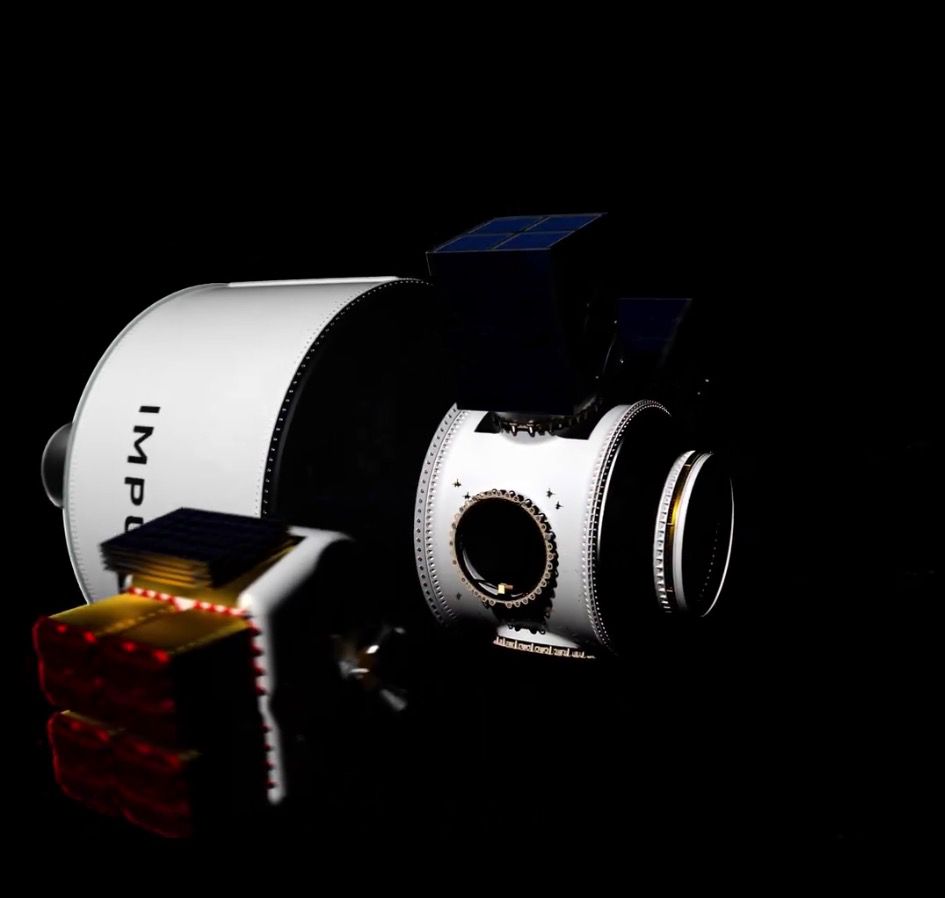
Ibadan, 18 January 2024. – Impulse Space has unveiled design specifications for its latest vehicle: Helios, a high-performance kick stage. Using a medium-lift launch vehicle, Helios will take payloads of over 5 tons directly from Low Earth Orbit (LEO) to Geostationary Orbit (GEO) in less than 24 hours. Paired with affordable launches to LEO, Helios aims to dramatically cut the costs of accessing MEO, GEO, and beyond by tens of millions of dollars.
Compatible with medium-lift and super-heavy launchers and using standard payload interfaces, Helios aims to serve customers in the communications, imaging, defense, and scientific communities. Today, the status quo for many satellites launched to LEO is to use electric propulsion to slowly arrive at their target orbit over a period of months; the alternatives are to either include extra propulsion in the satellite itself, complicating the design and increasing mass and cost, or to pay for a much more expensive launch directly to MEO or GEO.
Speaking on Helios’ capability, Martin Halliwell, former CTO of SES Satellites, said, “The Helios vehicle unlocks the capability to move from LEO to MEO or GEO in a matter of hours. This changes the mission value proposition significantly in several ways, including decreasing the time to reach operational status, limiting potential radiation exposure, and reducing the overall payload mass by decreasing the size of thrusters and amount of necessary fuel. Helios will open new opportunities for MEO and GEO operators beyond today’s limited mission choice criteria”
Helios joins Mira as the second vehicle in Impulse’s fleet—the “long-haul” complement to Mira’s “last-mile delivery” services. Furthermore, it is powered by a new 15,000 lbf (67 kN) engine, Deneb, which would burn up to 14,000 kg of propellant across each mission.
 SpaceWatch.Global An independent perspective on space
SpaceWatch.Global An independent perspective on space



